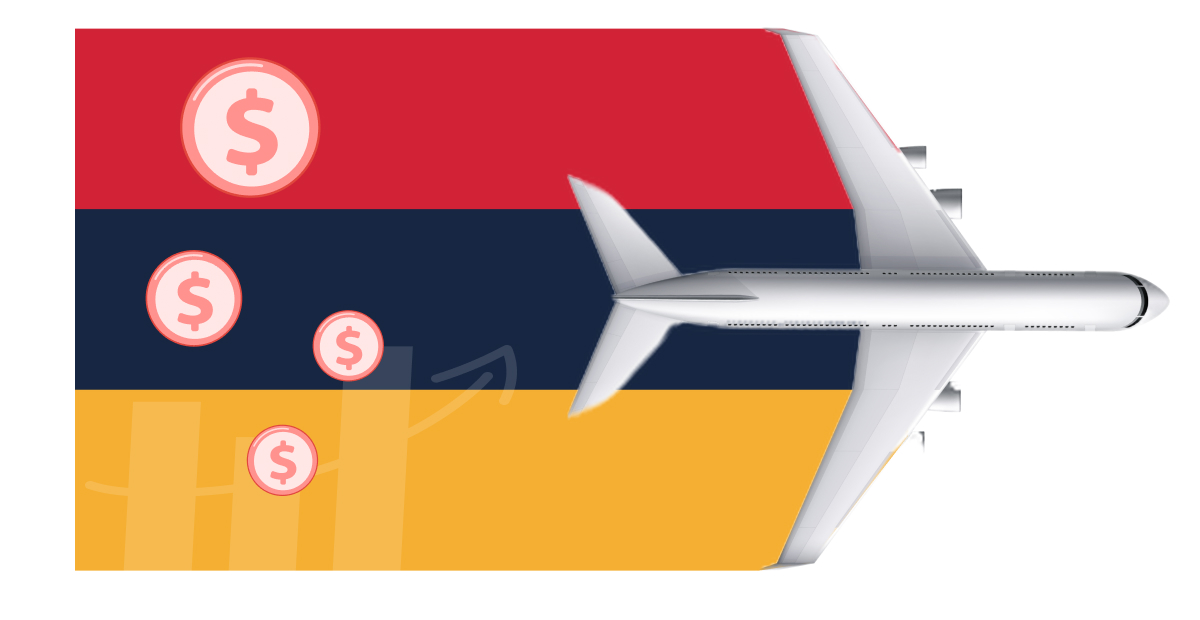It is no secret that before the pandemic, the airline sector was booming. Companies were constantly expanding their travel budgets, and airlines took full advantage of executives with deep pockets to turn in consistent profits. Further, tourists thronged various hot destinations around the world. In 2019 alone, some 1.5 billion tourist arrivals were recorded internationally, and this effectively meant that international tourism growth outpaced the global economy.
A huge driver of these profits was the fact that airlines had become masters at leveraging historical data to forecast demand to determine seat availability and price in a way that delivered optimal profits.
But this all changed in the early months of 2020 when the covid pandemic prompted governments to shut their borders and set up numerous travel restrictions that brought the travel industry to a screeching halt.
The non-viability of O&D bid price-based revenue management
As the pandemic took hold of the world, airlines found, to their dismay, that the O&D systems that had set them back by anywhere between $100,000 to $10, 000, 000, had ceased to be useful.
Border shutdowns, lockdowns, and curfews across the world were forcing passengers to take direct flights rather than connecting ones, meaning there was no fixed demand that the network airlines could take advantage of to set optimal prices for their inventory.
Consequently, airlines are losing their pricing power without their ability to accurately gauge passenger’s price sensitivity and willingness to pay.
Keeping up with the times
Given the volatile scenario of the aviation industry, airlines need to shift to revenue management systems that are flexible and offer the ability to make rapid decisions. The need of the hour is to find a cost-effective solution for optimizing flight routes based on demand and optimizing the pricing strategy based on traveler sentiment and paying capacity.
It is however worth noting that to maximize revenue, focusing on retail customers and tourists is key. This is because many studies indicate that business travel will take longer to recover. Some estimates say 36 % of business travel may be permanently lost, largely due to arrangements, such as remote work. However, airlines need to make sure that they have enough seats set aside for business travelers on future flights when demand for corporate travel rises.
In the meantime, ancillaries are a great way to boost revenue. Specifically, providing ancillaries that people care about now, such as travel insurance, PCR tests, vaccinations on arrival, etc. will go a long way in filling flights with high-yield passengers.
Bottom-line
The promise of O&D bid price-based revenue management—boosting seat availability for high revenue connecting passengers while simultaneously preventing connecting passengers from displacing local passengers with higher yields—is unattainable, at least for the moment when historical data is unreliable. As a result, airlines need to look for simpler forecasting methods that do not eat away revenue the way O&D bid price-based revenue management systems do.
Emphasis on retail passengers and tourists, and bringing in more ancillary revenue, must also be part of the solution to turn profitable on emerging from the pandemic.
If you are looking for such cost-effective solutions that are guaranteed to bring your airline back on track, reach us at marketing@infinitisoftware.net











